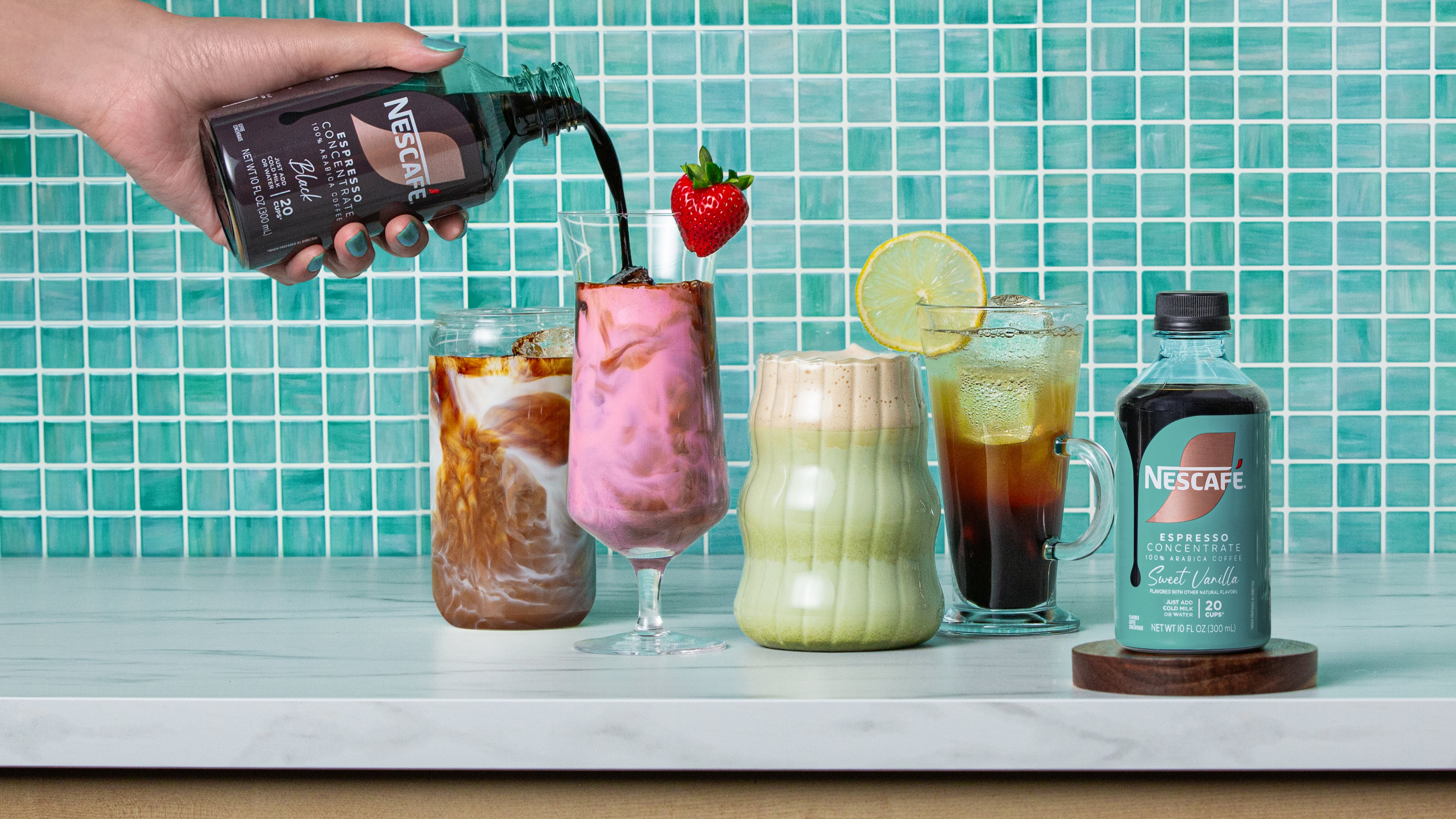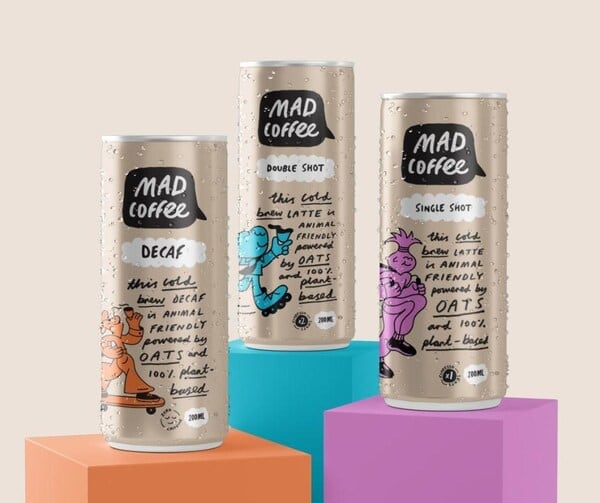Nestle’s Nescafe is undoubtedly one of the most well known coffee brands in the world, particularly within the soluble instant coffee category.
The popularity of this along with its other superstar brands such as Nepresso and Starbucks have enabled the company to achieve market leading positions in multiple geographies all over the world, including the APAC, buthas now revealed big plans for future growth.
“Coffee is actually Nestle’s number one business, and we are the market leader for this in all our business zones including Zone AOA (Asia, Oceania and Africa) [which includes] both Asia Pacific and the Middle East regions,” Head of Nestle Coffee Brands David Rennie told the floor during a recent company conference.
" This is a CHF44bn (US$48.3bn) business for us, and we have three billionaire coffee brands in our portfolio namely Nescafe, Nespresso and Starbucks so we have a deep competitive advantage across the value chain.
" Moving forward we believe growth will be driven by more premiumisation, more occasions and more consumers and we intend to innovate in accordance with this.
" Within premiumisation, we want to see more consumer-lead innovations, and will move from previous focus in the hot coffee category to expand to both hot and cold coffees, as well as work on more customised options for consumers.
" The goal is also to become more applicable to more consumption occasions, e.g. cold coffee for afternoon indulgence or creating products such as functional coffees to meet new need states.
" Via these innovations, we aim to penetrate more deeply into new geographies - China, India, Africa and the Middle East are key targets as current coffee consumption here stands at around 40 cups per person per year, compared to over 230 in the rest of the world."
A major part of Nestle’s coffee strategy will seek to target younger consumer demographics, particularly with cold coffees.
" Cold coffee is really part of the youth routine in many markets, and it is also the younger cohort that is driving consumption growth via increasing population and larger volumes drank.
" As such, we plan to expand cold coffee innovation across more channels and platforms, from freshly-dispensed to ready-to-drink to ready-to-prepare and home brewed.
“One example of a cold coffee innovation is our Nescafe Espresso Concentrate, which allows consumers to make batista-style iced coffee recipes at home - we see this as a major youth recruiter as well as a major value generator as it is prices at 10x the price per cup compared to Nescafe Classic.
“Many high growth potential markets for RTD coffees are in Asia, such as China, India, South East Asia and MENA.”
Coffee Shop At Home
Another major value generator for Nestle’s coffee business has been the home coffee machine segment, and the firm has plans to also take this to another stage
“We will be elevating this ‘Coffee Shop At Home’ experience to the next level for consumers via the next generation of coffee systems,” he added.
“Some breakthrough technologies that will be implemented to improve the machines include home compostable coffee pods in an eco-designed machine, and a connected machine ecosystem.
" This new generation of technology has been launched on four markets so far and we plan to have it in over 10 markets by 2027."





